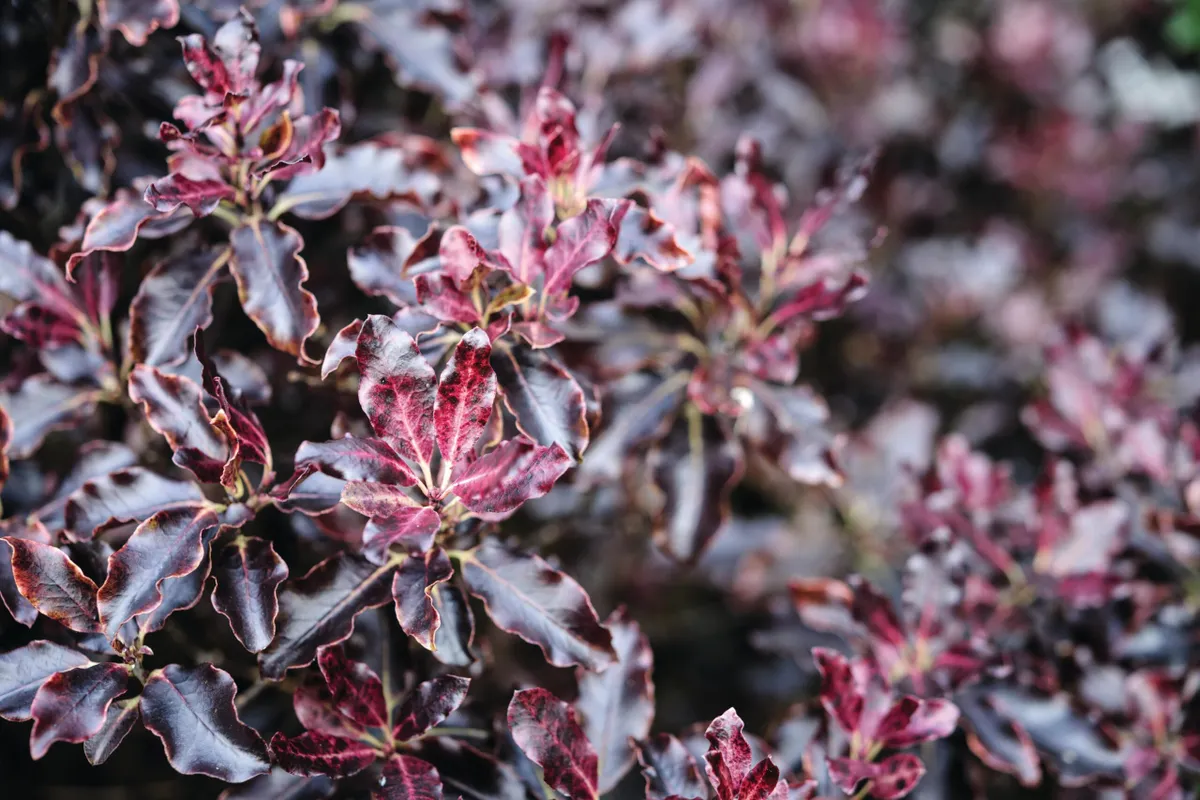With September comes cool, misty mornings, warm, mellow days and everything in the garden reaching a peak of ripeness.
You may also like
- Best flowers and plants for September
- The gardens to visit in September
- What to sow and plant in September.
The workload should be manageable this month too. The weeds are less vigorous, and with luck we will have some rain, so you can focus your energies on harvesting. This is the time of year when the freezer comes into its own. Remember, though, a freezer is not a dumping ground. A good rule is that all fruit and veg should be used within three months, and that the freezer must be empty again before the next growing season begins.

As the days get shorter, and the nights cooler, time will start to run out for tomatoes to ripen on the vine. The risk of blight will increase too. You will need to use your judgment in deciding when to pick them. If the forecast is for warm, sunny weather, leave them on the vine a little longer. Otherwise, wait until they are showing some red, then pick them and put them on a sunny windowsill, spread out on some
newspaper to ripen inside.
Remember, better a jar or two of green tomato chutney than no crop at all. It is time to start preparing for the colder weather, too. If you have a glasshouse for overwintering tender plants, this is the time to give it a clean and treat for pests and diseases. Have a good declutter too and get rid of any plants that are not earning their keep.
Gardening jobs for September
Clip your topiary and hedges

To regain some sense of order I like to ensure that all the hedges and topiary are clipped. The growth of beech, hornbeam, hawthorn and yew have all slowed down, meaning this ‘haircut’ should keep them looking tidy until spring. For box I like to trim earlier in summer, avoiding cooler conditions and the heavy morning dew that encourages activity from resting blight spores.

If you’re looking to plant new features, I would advise on avoiding box. While there is no exact replacement for this classic garden staple, interesting options can be found using dwarf forms of euonymus and pittosporum, along with Veronica pinguifolia ‘Sutherlandii’, Lonicera ligustrina var. pileata and Osmanthus delavayi. I’ve recently planted the tiny leaved pittosporums P. tenuifolium ‘Oliver Twist’
and P. tenuifolium ‘Silver Sheen’ – if clipped these should provide a crisp form, though if left loose they will be a supply of greenery for flower arrangements. As the saying goes, ‘necessity is the mother of invention’ and being forced to think outside the box can be instrumental in a gardener’s creative journey. Benjamin William Pope
Here's more on alternatives to box
Expand your garden fruit collection

Plan what fruit you would like to order for autumn and winter delivery and planting, taking advantage of the bareroot season. Many nurseries and growers will hold tastings now where you can sample fruits before you order. BP
Collect seed

As the seeds of annual, biennials and perennials ripen and dry, collect and clean them by sieving and winnowing, before labelling and storing them somewhere cool for sowing next year. BP
Cut meadows

Trim rough grass and meadow areas, leaving the material to dry and drop seed for a week or so, before raking and removing the debris to reduce soil fertility and promote conditions for wild flowers to establish. BP
Here's more on how to cut grass with a scythe
Turf maintenance

Complete any maintenance to your lawn, including scarifying, hollow tining and reseeding where necessary, so that the grass can recover before winter arrives and so grow better next year. BP
Jobs the vegetable garden in September
Brassica care

Check your brassicas. If they have grown well over the summer, they may be touching the netting you put over them now, leaving them vulnerable to attack from cabbage whites. Check the undersides of the leaves for the little yellow eggs, and make your cage of netting bigger. It’s worth investing a bit of time now as you will need the netting through the winter too, to keep the pigeons at bay. Aaron Bertelsen
Clear up foliage on vegetables

Parsnip foliage will be looking quite messy by now. I like to go through the rows and clean it up, both for aesthetic reasons and to make life harder for the slugs and snails that would otherwise shelter there. AB
Keep removing foliage from tomatoes, so the maximum possible sunlight gets to them. In previous years, I have been picking tomatoes well into October, and I really do think that taking the leaves off has helped to extend the cropping season and give us more ripe fruit. AB
Harvest sweetcorn

Provided you have successfully avoided the attention of badgers, now is the time to harvest sweetcorn. You can tell when it’s ripe and ready to eat as the hairs on the end of the ears will turn brown. Eat it as quickly as possible, before the sugars start to turn to starch. AB
Water and weed, weed and water
As long as plants are cropping, they will need water. I like to weed one day, and water the next, leaving the weeds on the surface to break down. If you water immediately, there is danger that the weeds will re-root. AB
Stop feeding
As the season starts to wind down, you can stop regular feeding of plants, both in the ground and in pots. Maybe you could put the time this frees up to good use by turning that soft fruit in the freezer into jam. AB

